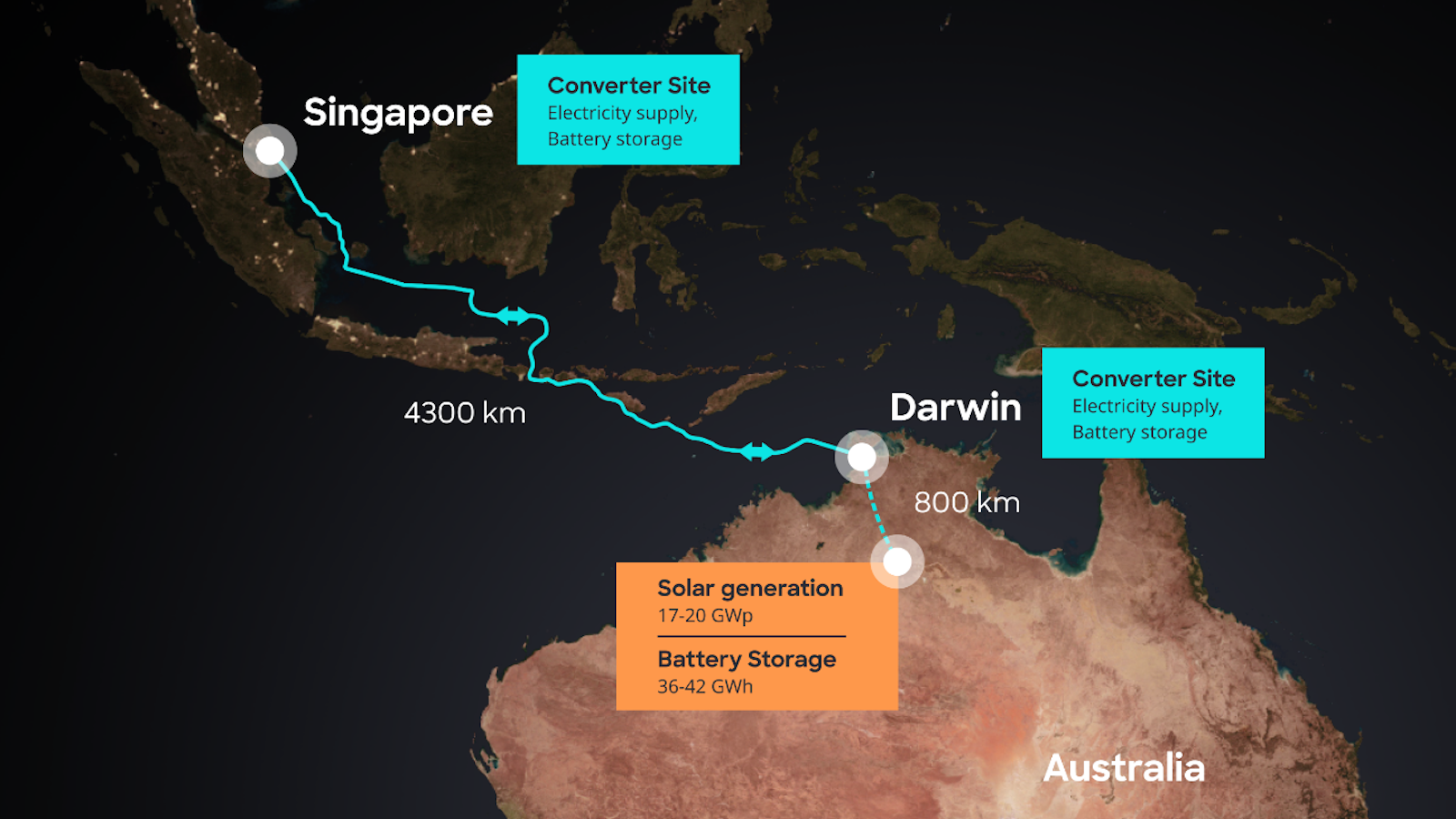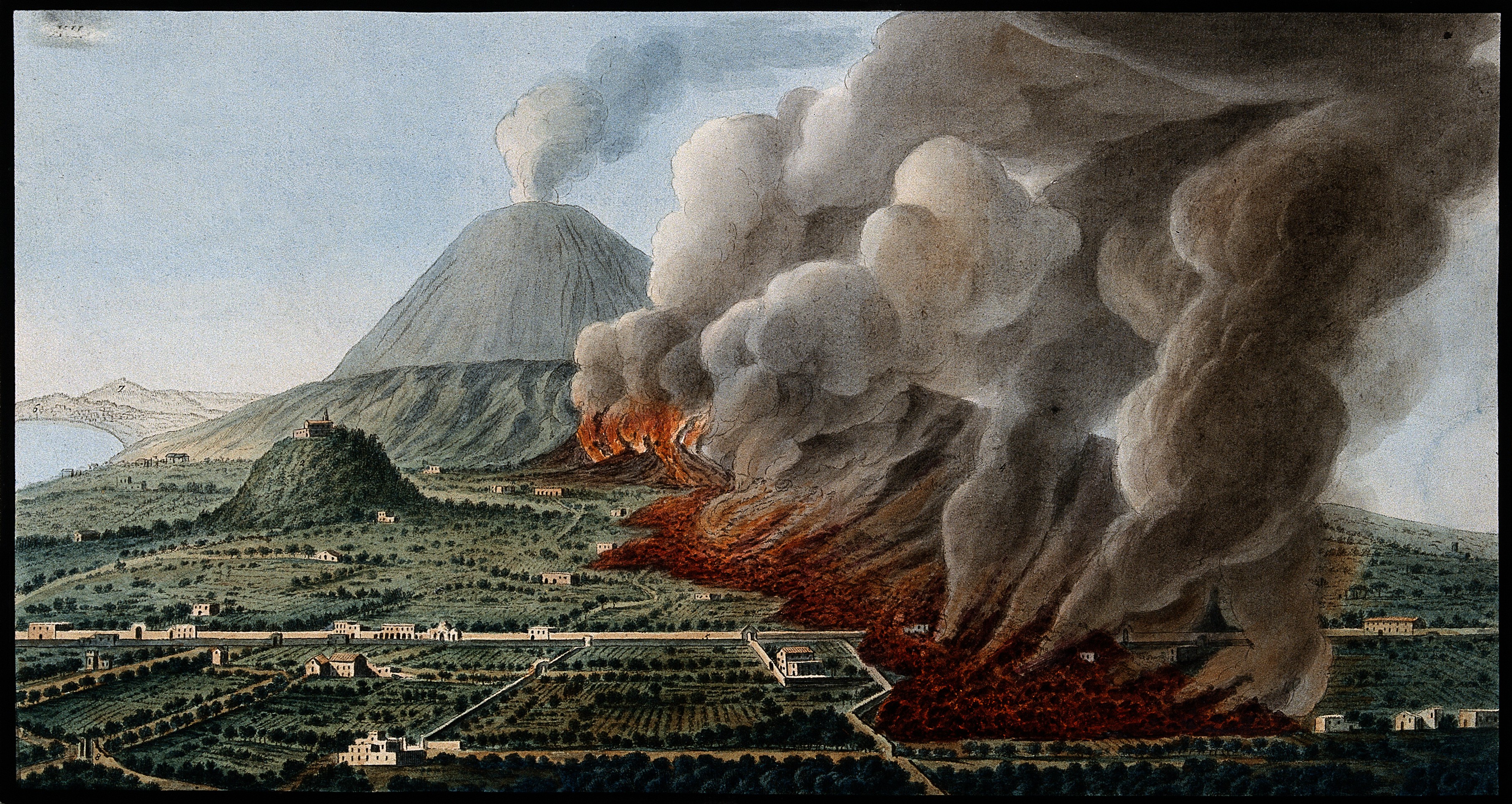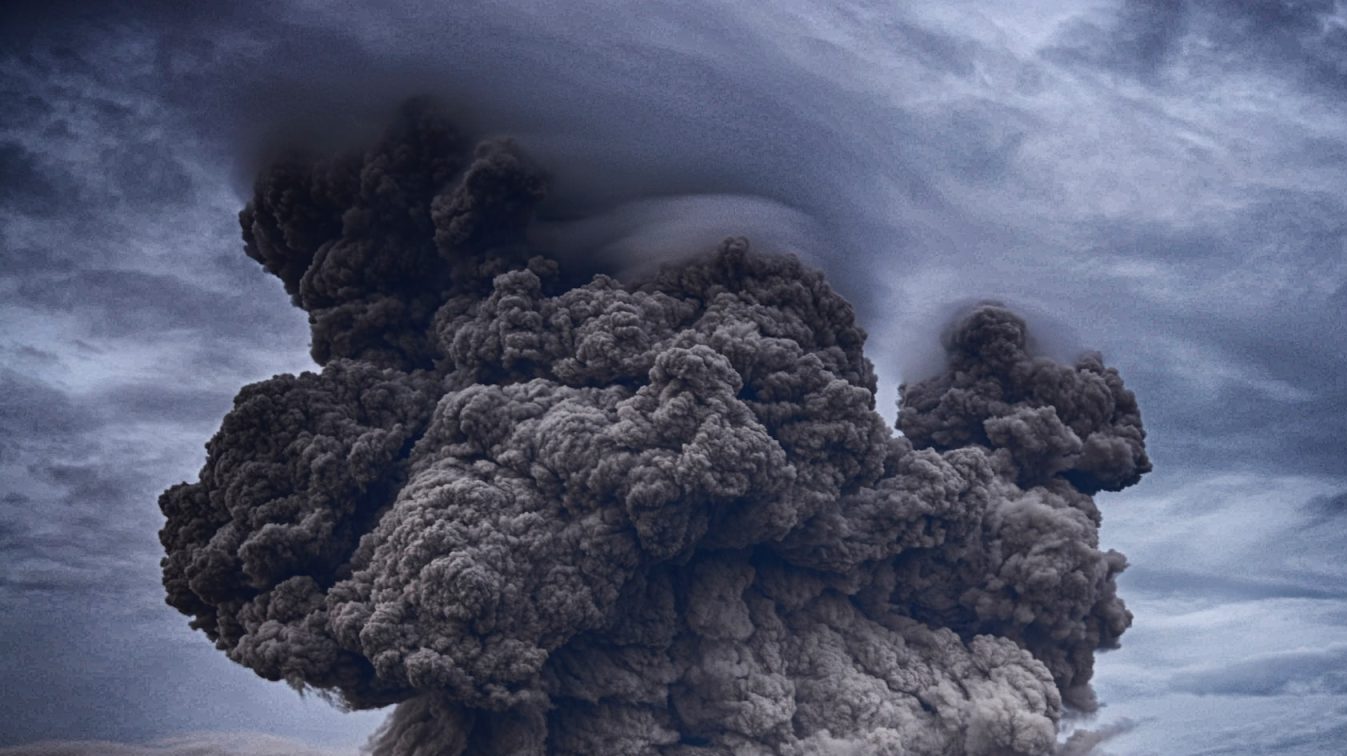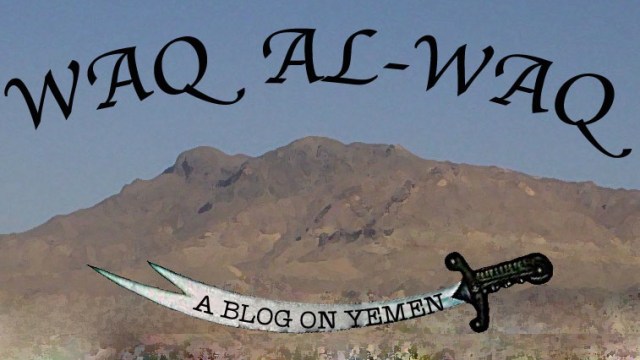Continued unrest at Taal as evacuations begin

I’ve got a brief update about the activity at Taal in the Philippines to start us off:
The news of a potential eruption at Taal continues – and the latest has PHIVOLCS pondering raising the Alert Status from 2 to 3 if the seismicity at the caldera continues to increase. In their latest statement about the volcano, PHILVOLCS is pretty clear about why they are so concerned: “The remarkable increase in C02 concentration indicates anomalous gas release from the magma at depth.” Additionally, in Sunday’s update, PHIVOLCS reported “The water level further receded from 0.36 m to 0.33 m. Water temperature slightly increased from 30.0°C to 30.5°C.” I’m not entirely sure how they make these measurements or how robust a 0.5°C change might be analytically, but if they can be believe, it suggests that the system is inflating (to explain the water level) and magma is rising closer to the surface (heating the water).
The next step of changing the Alert Status is a big deal. Alert status 3 means an eruption will come in weeks to months, so PHIVOLCS will likely only go to 3 if the caldera continues to ramp its activity. The Philippine government has now banned fishing with Taal Lake, the tourist ban is still in place and 77 people were evacuated from Volcano Island. However, many families living near Taal are choosing to remain at home while the evacuation order for people around the lake remains voluntary.
All in all, it seems that Taal is continuing to rumble – the question for scientists at PHIVOLCS will be to determine (a) what is the likeliest eruption scenario (based on the previous eruptive history and the information from gas, seismic and deformation) and (b) when it might occur (as best as they can based on the data in hand). Both of these tasks are difficult, but that is the job of volcanic monitoring and mitigation.
Top left: An undated image of Volcano Island in Taal Caldera, Philippines.





